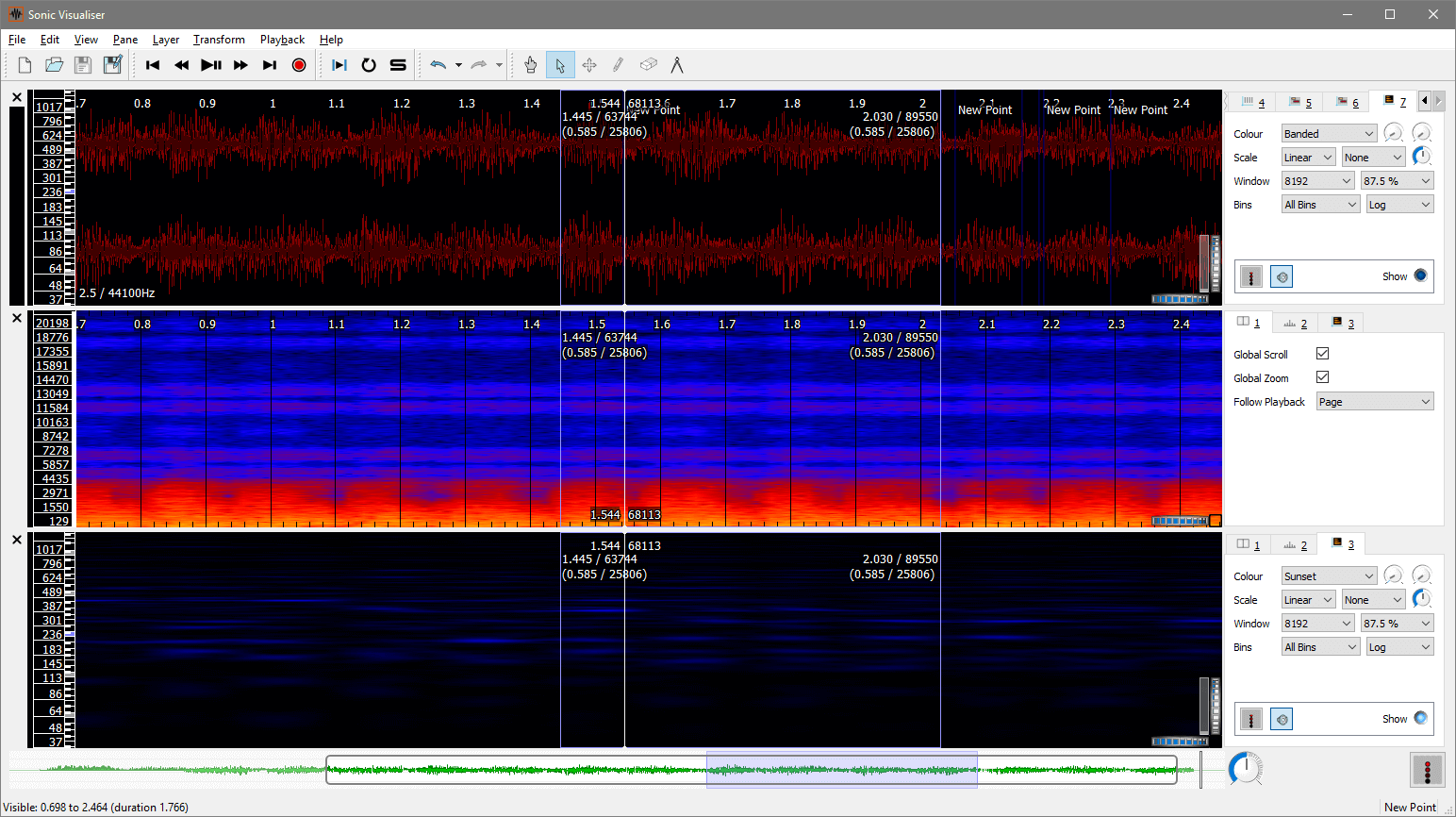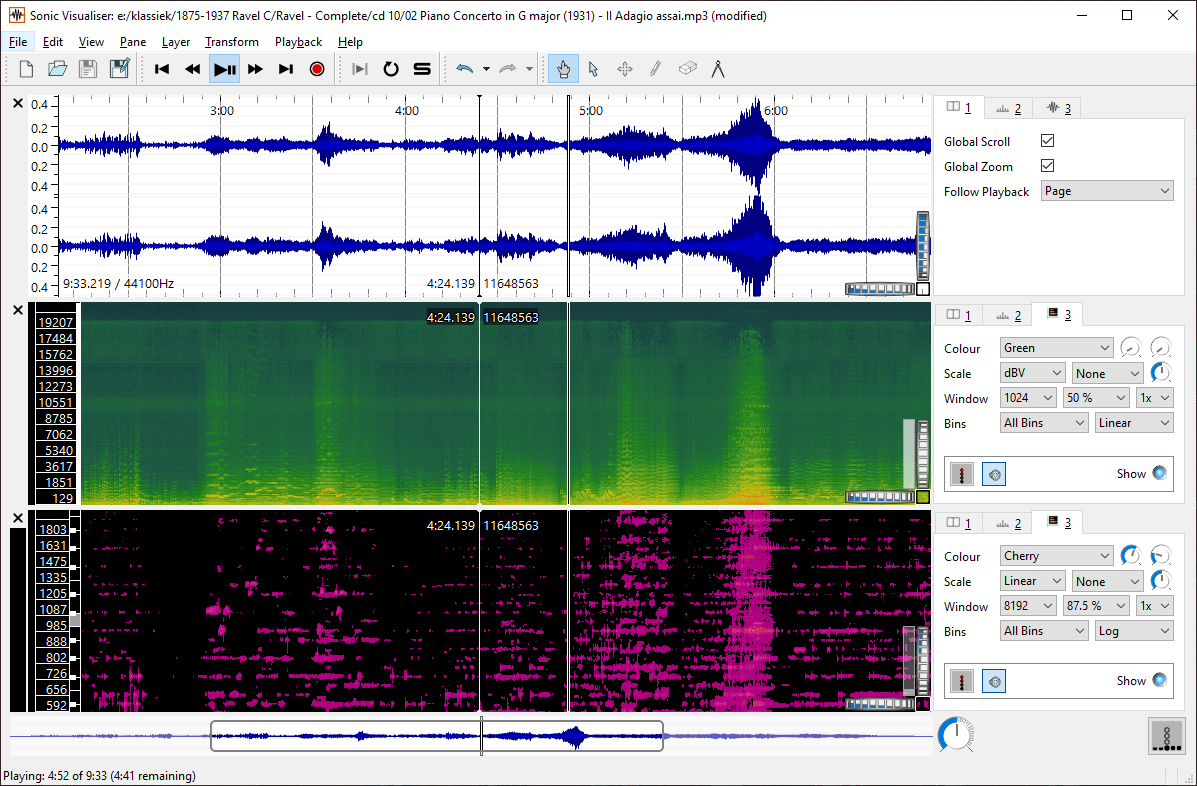
Like version one, KNS 2 will be able to recognize when content has been updated. To its record of installed files and deleting any associated with a content item. KNS 1 is not capable of uninstalling content, but KNS 2 will be able to do so by simply referring Of content files and files extracted from content archives. Additionally, DXS integration will add support for content searching by keyword and allow users to "subscribe" to content and be notified of updates.Ĭontent management will also be greatly improved in KNS 2. If application developers support DXS, users will be able to upload content ratings andĮven leave text comments without having to open a web browser. The ratings it uses come from user ratings made through web-interfaces such asīy using DXS, content providers will be able to integrate this rating system directly into applications by using a CGI-like script. KNS 1 presents content items in lists sorted by highest rating, most downloads, or release date. The interface will be updated with new data as it arrives - though KNS' exact protocol for updating its interface based on this data will not be finalized until the KDE 4
#Add vamp plugin o sonic visualiser update#
The KNS 2 dialog will open immediately with cached data and update the cache transparently in the background.
#Add vamp plugin o sonic visualiser download#
In KDE 3, the user must wait for this contentĭata to download before the KNS dialog appears. Content data primarily consists of preview pictures and metadata such as the name, description,Īnd rating of each content item. Stuff can be installed in participating applications via a KNS 1 dialog which lists content by user rating scores, download rate, or release date.Īrguably the most noticeable improvement to KNS will be the content data cachingįeature, which should make the interface significantly faster.


HotNewStuff content differs by application, ranging from visual themes for Like its predecessor, KNS 2 will act as a sort of per-application package management system for content. (GHNS), developed as a cross-desktop standard Its successor, KNewStuff 2 (KNS 2), is gearing up to give KDE 4 users new options for uninstalling content, content synchronization, the ability to rate content directly from the application interface, a dramatically faster interface, and more. Since KDE 3.3 was released in 2004, KDE applications have used theĭownloading and installing content from a centralized server. This article was contributed by Nathan Sanders


 0 kommentar(er)
0 kommentar(er)
